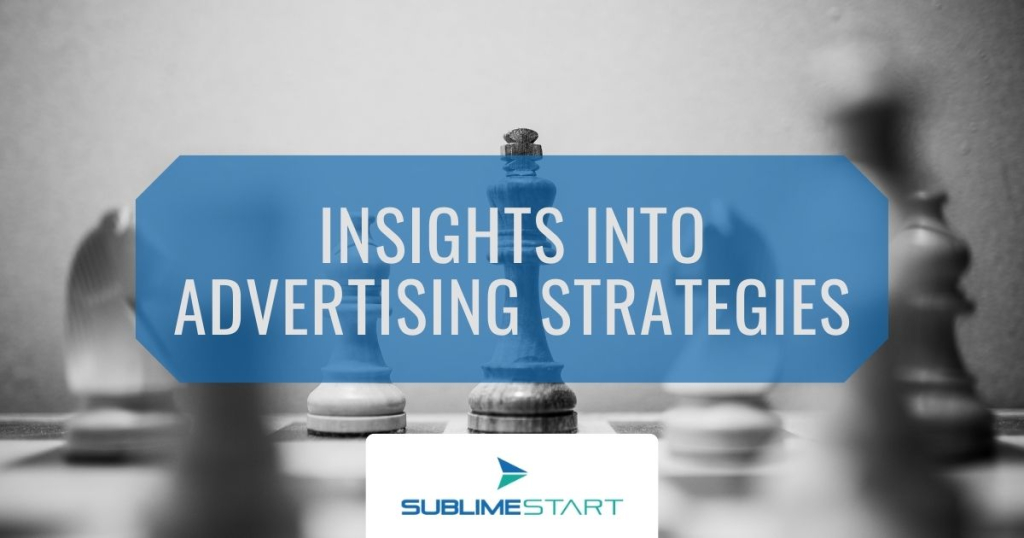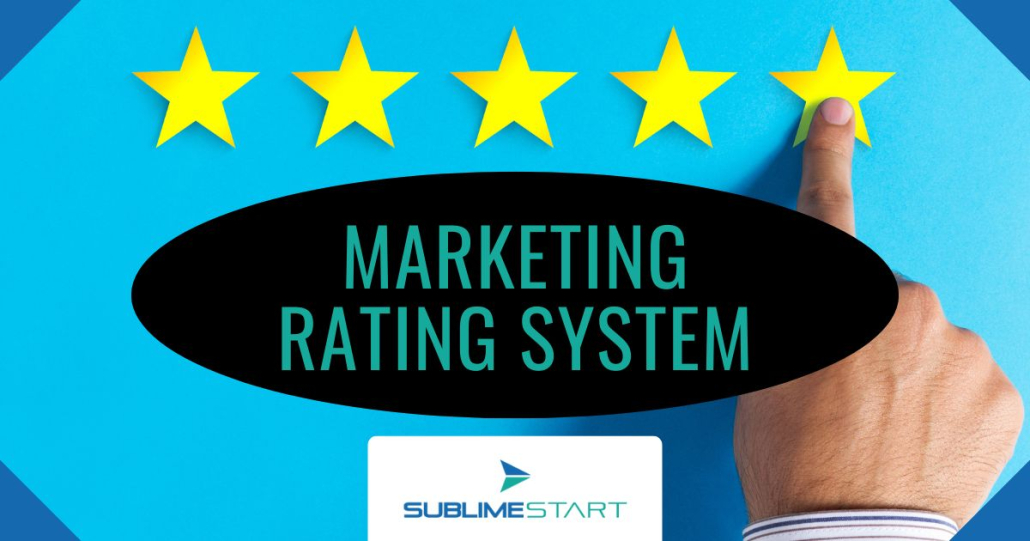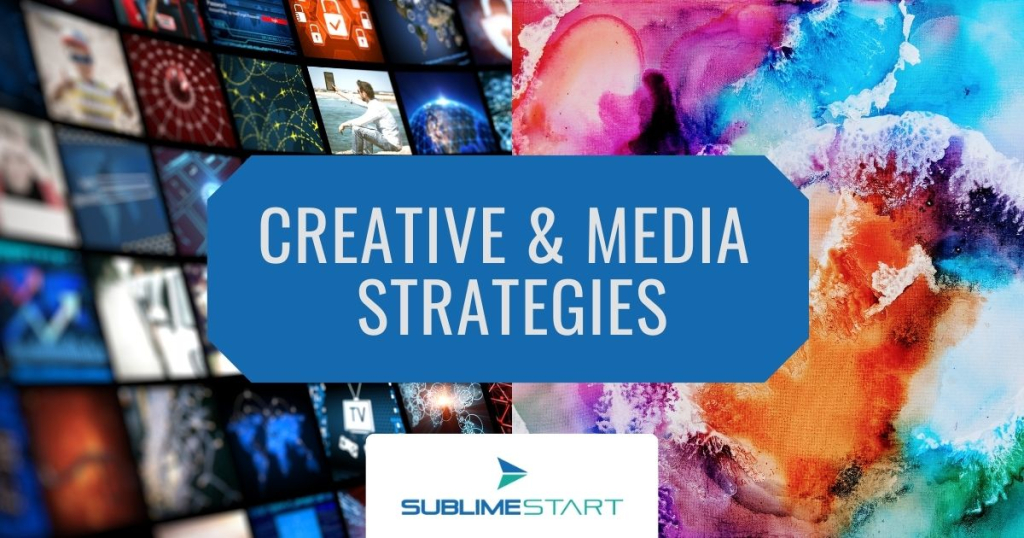Paid Advertising Strategy: Are you planning to make one?
A paid advertising strategy is crucial to make your brand known to the public and bring in new leads, two crucial components of any successful business. Paid advertising promotes your company’s service or products in exchange for money.
There are plenty of options for paid advertising, but for any of them to be effective, they must follow a successful plan. This article will discuss the process of creating a proper paid advertising strategy.
What is a paid advertising strategy?
A paid advertising strategy refers to the tactics and methods used to promote a product or service through paid channels.
This can include various forms of advertising, such as pay-per-click (PPC), display ads, social media advertising, and more. Typically, the goal is to drive traffic to a website or landing page and convert that traffic into leads or customers.
To get a good paid advertising strategy, brands must understand who their audience is and what message will resonate with them.
Why is a paid advertising strategy important?
The number one reason a paid advertising strategy is important is because it can help businesses reach their target audience more effectively.
With a good advertising strategy, businesses can target specific demographics, interests, and behaviours of potential customers. So they can reach the right people at the right time, increasing the likelihood of conversions and sales.
Next to this, by implementing a well-thought-out advertising strategy, you can:
- Enhance the effectiveness of your paid ads
- Cut down on costs
- Improve the reach of your target audience
- Effectively plan for the future.
- Save time and resources
Additionally, paid advertising can provide valuable data and insights into customer behaviour and preferences, informing future marketing strategies.
However, if your advertising strategy fails, you can quickly get into trouble. For example, if your strategy needs a proper way to manage your budget, you may overspend and get into debt. That is the reason why we suggest working with professionals to do this kind of job effectively.
How do you make a plan for your advertising strategy?
An advertising strategy is an essential tool for any business. It will help you identify your target audience, how to reach them and pinpoint areas where you need to improve. An effective advertising strategy generally leads to increased sales and a more successful business overall.

There are many ways to create an advertising strategy, but some key elements that should be included are:
1. Define your goals
Advertising strategies are the methods that businesses use to promote their products or services to a target audience. To create a great strategy it is important to set a clear goal. The following are common goals within advertising strategies.
- Brand Awareness: The goal of brand awareness advertising is to introduce the brand to a new audience and make it recognizable.
- Leads: Lead generation advertising aims to capture contact information from potential customers, such as email addresses or phone numbers.
- Conversion: Conversion advertising is focused on driving sales or website visits.
- Engagement: Engagement advertising encourages interaction between the brand and its audience.
- Industry authority: By advertising your expert knowledge to your audience, they will know that you are competent to give them the service or products that you create.
- Loyalty: Loyalty advertising rewards existing customers for their continued business.
- Referral: Referral advertising encourages customers to spread the word about the brand to their friends and family.
- Win-Back: Win-back advertising targets former customers who have lapsed or stopped purchasing from the brand.
2. Research your target audience
Your target audience is the group of people you want to reach with your advertising. It’s important to define your target audience as specifically as possible, so you can tailor your messaging and media choices accordingly. Some factors to consider when identifying your target audience include:
- Demographics: Age, gender, income level, education, location, etc.
- Psychographics: Interests, values, lifestyle, personality traits, etc.
- Behavioral: Online behavior, purchase history, media consumption habits, etc.
3. Create a budget
Establishing a clear budget is crucial for creating profit. A well-defined budget guides your campaign, helps you make informed decisions, and ultimately contributes to your overall ROI. To remain flexible you should always anticipate expenses that may arise during the campaign.
When setting a budget it should align with:
- Goals: Determine the desired outcomes or objectives of your advertising campaign.
- Media channels: Evaluate the media channels you plan to need.
- Creative development: Creating videos will be more expensive then creating images or text.
- Media costs: How much money will you spend on the platform for ad spaces.
4. Select the media
The best media channels for your campaign will depend on your target audience, budget, and goals. It’s important to experiment with different channels and track your results to see what’s working best. Questions to ask yourself are: Where do your target customers spend their time? Which channels will allow you to reach them most effectively?
There are two main advertising channels available:
- Traditional media: Television, radio, print, out-of-home.
- Digital media: Search engine marketing (SEM), social media advertising, email marketing, display advertising, video advertising.
5. Assess the competition
It’s important to take a look at what your competitors are doing in the advertising space. This will help you identify any gaps in the market that you can exploit, and it will also give you ideas for your own creative campaigns. Some key aspects to analyze include:
- Target audience: Who are they targeting?
- Creatives and messaging: What kind of messages are they using?
- Media types: What channels and mediums are your competitors using?
6. Develop creatives
Depending on the information you have collected you can create a content plan highlighting the information that will be required for your goals. The following should contain information about the cost if you are planning for a content outsourcing process, or a cost estimate if you are creating it yourself. Visuals should be relevant and interesting to your target audience. It should also be visually appealing and on-brand.
Key for any creative is the:
- Design: The overall look and feel of your creative assets should be consistent with your brand identity.
- Copywriting: Your copy should be clear, concise, and persuasive.
7. Configure the campaign settings
With your advertising goals, target audience, budget, and creative assets in place, it’s time to configure the campaign settings and unleash your campaign. This crucial step involves finalizing the campaign details, selecting the appropriate media channels, and establishing effective tracking and analytics parameters.
- Set budget optimization: Determine how you want your budget to be allocated throughout the campaign, whether it’s focusing on clicks, conversions, or impressions. This ensures your spending aligns with your campaign objectives.
- Establish bidding strategy: Decide whether you want to utilize automatic bidding, where the system sets bids based on performance data, or manual bidding, where you control the specific bids for each keyword or ad group.
- Configure location and demographic targeting: Refine your targeting to reach the most relevant audience based on their location, devices, and interests. This ensures your ads are seen by the right people, increasing conversion rates.
8. Launch the campaign
Once your ads are approved, your campaign is launched, and you will start getting impressions on your advertisements. However, if your ads are denied or not made for the platform you need it for, you won’t be able to launch them.
It is important to monitor the performance of your ads and make adjustments when necessary.
9. Optimising the Campaign
Once you have a basic advertising campaign in place, you need to continuously optimize and iterate your efforts. This means making adjustments based on your results and leanings.
- A/B testing: Test different versions of your creative assets and headlines.
- Create new creatives: Create new ads based on user data and behavior.
10. Measure and report the performance
It’s important to track your results and evaluate the effectiveness of your advertising campaign. This will help you make adjustments and improve your campaigns over time. KPI’s include:
- Reach: The number of people who have been exposed to your ads.
- Impressions: The number of times your ads have been displayed.
- Click-through rate (CTR): The percentage of people who click on your ads.
- Conversion rate: The percentage of people who take the desired action after clicking on your ads, such as making a purchase or signing up for a newsletter.
Let us plan your strategy
The most important part of any advertising strategy is to have a plan. By knowing your goals, understanding your audience, and using the right tools; you can create a campaign to help you achieve your desired results.
There is a lot of information to create a paid marketing strategy, however, there is nothing better than having the expertise of marketing professionals. SublimeStart encourages you to challenge your limits and make a plan for your business, but if you feel it’s too much, don’t hesitate to contact us. We will take your business to the next level!






